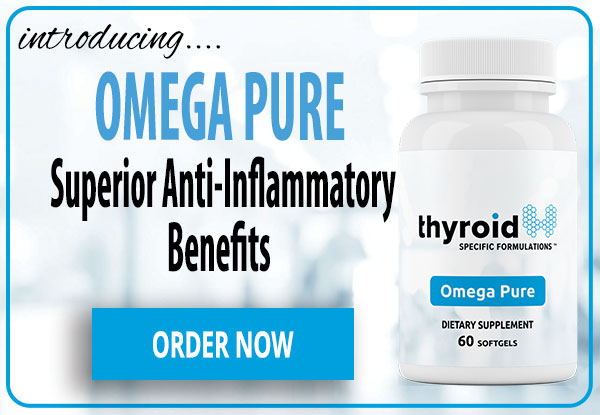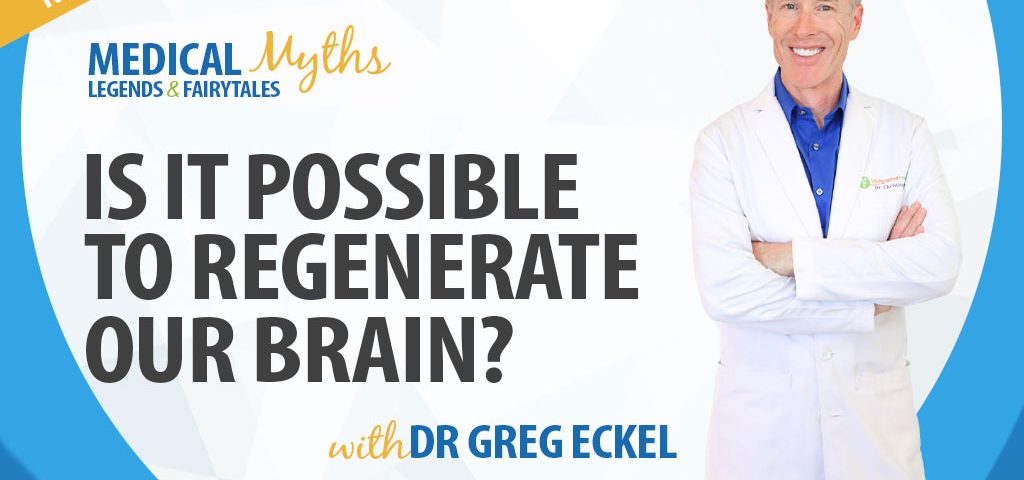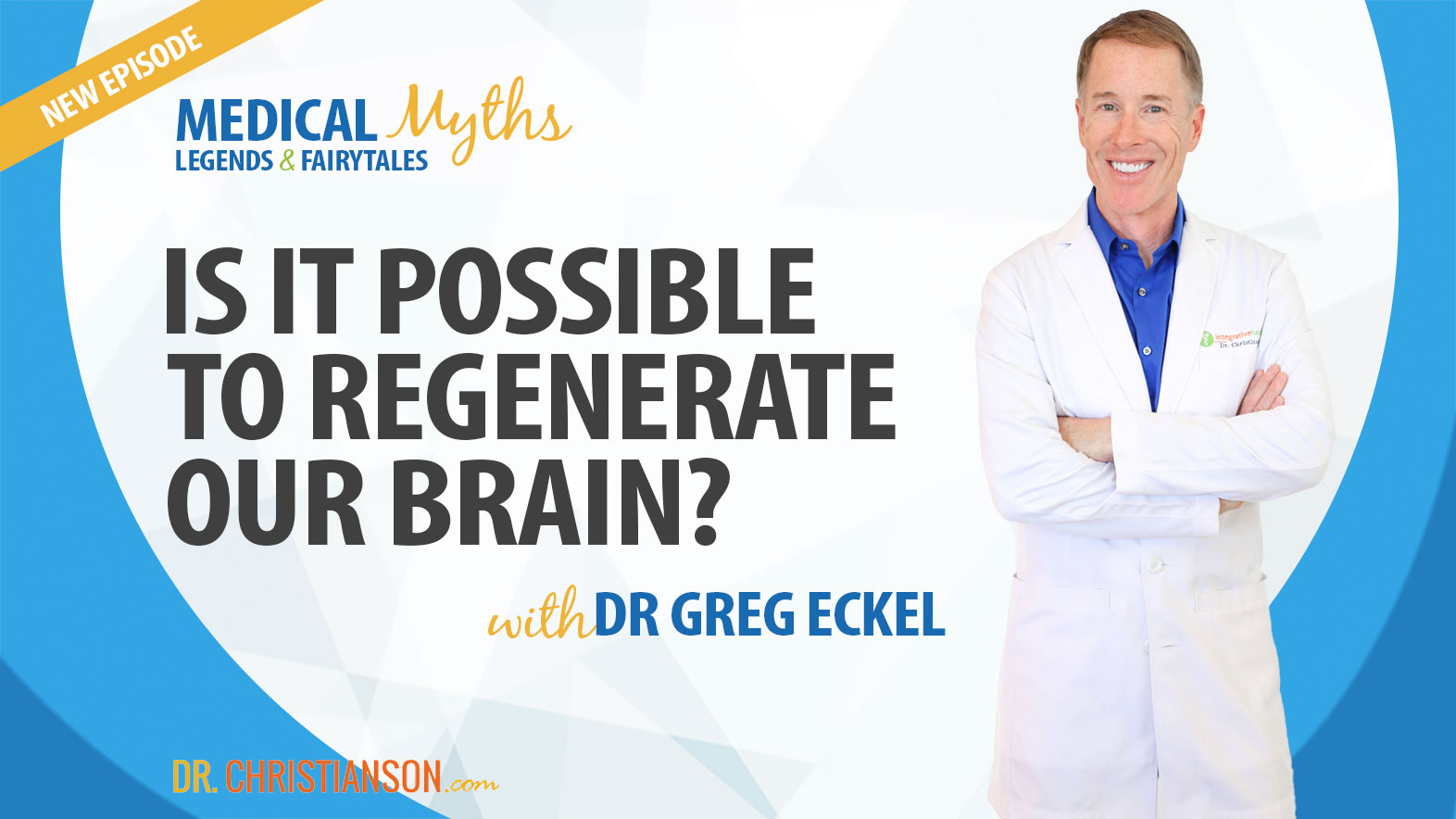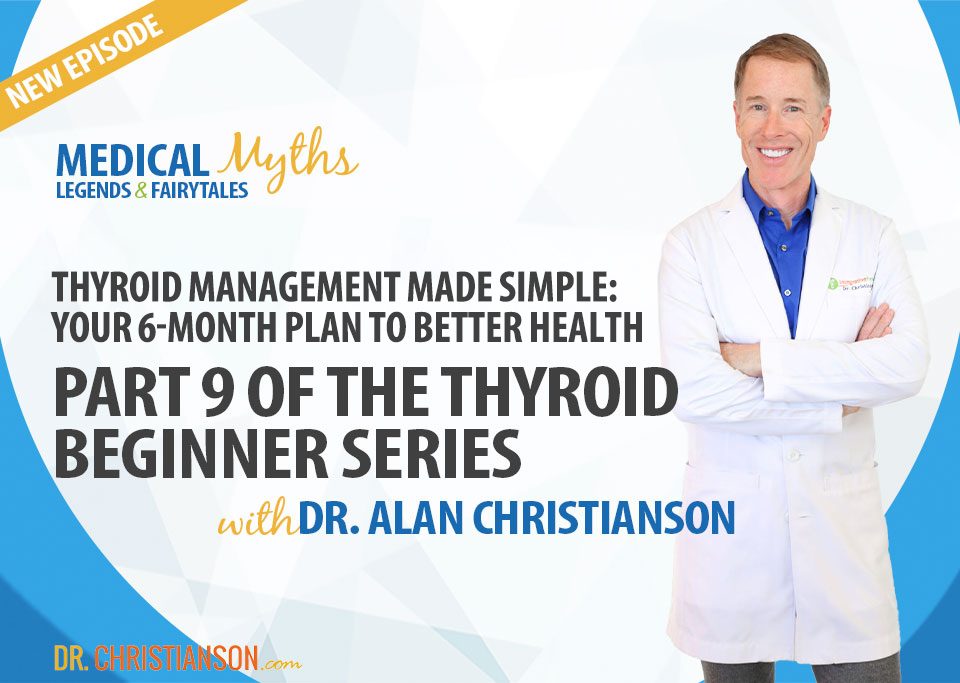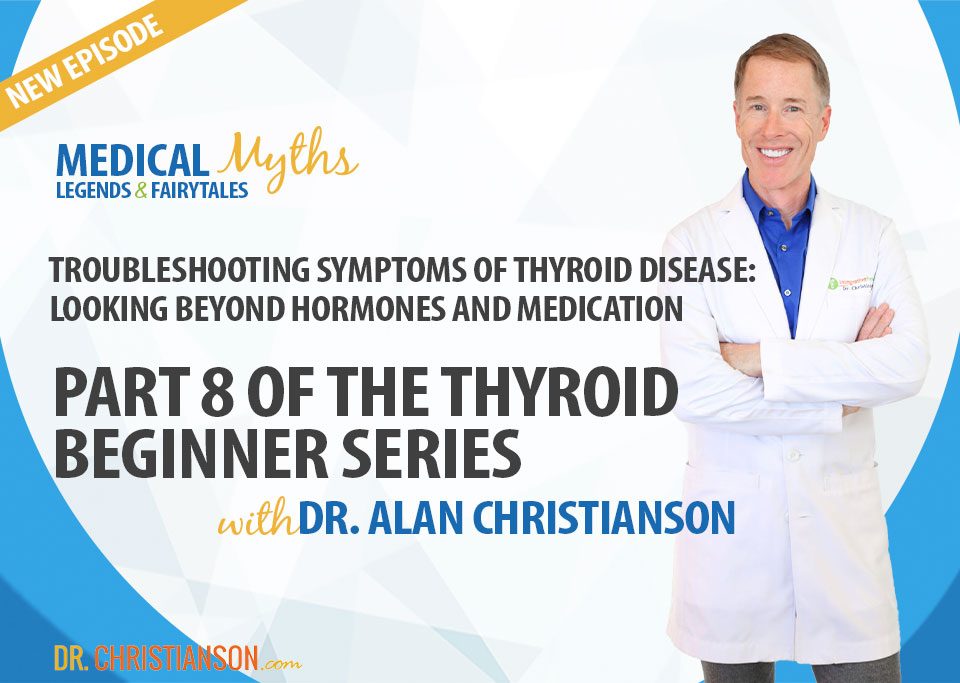HBOT and Brain health Resources:
1 – “Hyperbaric Oxygen Alleviates Secondary Brain Injury After Trauma Through
Inhibition of TLR4/NF-κB Signaling Pathway”. Meng XE, Zhang Y, Li N, Fan DF, Yang C, Li H, Guo DZ, Pan SY. Medical Science Monitor : International Medical Journal of Experimental and Clinical Research. 2016 Jan 26; 22: 284-288
PMC (article) PMCID: PMC4734681, PMID: 26812205, DOI: 10.12659/MSM.894148
2 – Boussi-Gross R, Golan H, Fishlev G, Bechor Y, Volkov O, Bergan J, Friedman M, Hoofien D, Shlamkovitch N, Ben-Jacob E, Efrati S. “Hyperbaric oxygen therapy can improve post concussion syndrome years after mild traumatic brain injury – randomized prospective trial”. PLoS One. 2013 Nov 15;8(11):e79995. doi: 10.1371/journal.pone.0079995. eCollection 2013. PubMed (citation) PMID: 24260334, PMCID: PMC3829860
3 – Thom SR, Bhopale VM, Velazquez OC, Goldstein LJ, Thom LH, Buerk DG. “Stem cell mobilization by hyperbaric oxygen”. Am J Physiol Heart Circ Physiol. 2006
Apr;290(4):H1378-86. Epub 2005 Nov 18. PubMed (citation) PMID: 16299259
4 – “ROS and Brain Diseases: The Good, the Bad, and the Ugly”. Popa-Wagner A, Mitran S, Sivanesan S, Chang E, Buga AM. “Oxidative Medicine and Cellular Longevity”. 2013 Dec 5; 2013: 963520
PMC (article) PMCID: PMC3871919, PMID: 24381719, DOI: 10.1155/2013/963520
5 – “Hyperbaric oxygen therapy promotes neurogenesis: where do we stand?”.
Mu J, Krafft PR, Zhang JH. Medical Gas Research. 2011 Jun 27; 1: 14
PMC (article) PMCID: PMC3231808, PMID: 22146131, DOI: 10.1186/2045-9912-1-14
PARKINSONS REFERENCES: (etiology, causes, treatments)
1 – “d-β-Hydroxybutyrate protects neurons in models of Alzheimer’s and Parkinson’s Disease”. Kashiwaya Y, Takeshima T, Mori N, Nakashima K, Clarke K, Veech RL. Proceedings of the National Academy of Sciences of the United States of America. 2000 May 9; 97(10): 5440-5444 PMC (article) PMCID: PMC25847, PMID: 10805800, DOI: 10.1073/pnas.97.10.5440
2 – Han L, Xie YH, Wu R, Chen C, Zhang Y, Wang XP. “Traditional Chinese medicine for modern treatment of Parkinson’s disease”. Chin J Integr Med. 2017
Aug;23(8):635-640. doi: 10.1007/s11655-016-2537-7. Epub 2017 Jan 20. Review.
PubMed (citation) PMID: 28108911
3 – Karlsson O, Lindquist NG. “Melanin affinity and its possible role in
neurodegeneration”. J Neural Transm (Vienna). 2013 Dec;120(12):1623-30. doi:
10.1007/s00702-013-1062-5. Epub 2013 Jul 3. Review. PubMed (citation) PMID:
23821370
4 – “Therapeutic potential of autophagy-enhancing agents in Parkinson’s disease”.
Moors TE, Hoozemans JJ, Ingrassia A, Beccari T, Parnetti L, Chartier-Harlin MC, van de Berg WD. Molecular Neurodegeneration. 2017 Jan 25; 12: 11
PMC (article) PMCID: PMC5267440, PMID: 28122627, DOI: 10.1186/s13024-017-0154-3
5 – Goldman SM. “Environmental toxins and Parkinson’s disease”. Annu Rev Pharmacol Toxicol. 2014;54:141-64. doi: 10.1146/annurev-pharmtox-011613-135937. Epub 2013 Sep 16. Review. PubMed (citation) PMID: 24050700
6 – Agim ZS, Cannon JR. “Dietary factors in the etiology of Parkinson’s disease”.
Biomed Res Int. 2015;2015:672838. doi: 10.1155/2015/672838. Epub 2015 Jan 20.
Review. PubMed (citation) PMID: 25688361, PMCID: PMC4320877
7 – Montgomery EB Jr. “Heavy metals and the etiology of Parkinson’s disease and other movement disorders”. Toxicology. 1995 Mar 31;97(1-3):3-9. Review. PubMed (citation) PMID: 7716790
8 – Ward RJ, Dexter DT, Crichton RR. “Chelating agents for neurodegenerative diseases”. Curr Med Chem. 2012;19(17):2760-72. Review. PubMed (citation) PMID: 22489724
9 – Hozumi I, Hasegawa T, Honda A, Ozawa K, Hayashi Y, Hashimoto K, Yamada M, Koumura A, Sakurai T, Kimura A, Tanaka Y, Satoh M, Inuzuka T. “Patterns of levels of biological metals in CSF differ among neurodegenerative diseases”. J Neurol Sci. 2011 Apr 15;303(1-2):95-9. doi: 10.1016/j.jns.2011.01.003. Epub 2011 Feb 2. PubMed (citation) PMID: 21292280
10 – Chu Y, Kordower JH. “The prion hypothesis of Parkinson’s disease”. Curr Neurol
Neurosci Rep. 2015 May;15(5):28. doi: 10.1007/s11910-015-0549-x. PubMed
(citation) PMID: 25868519


